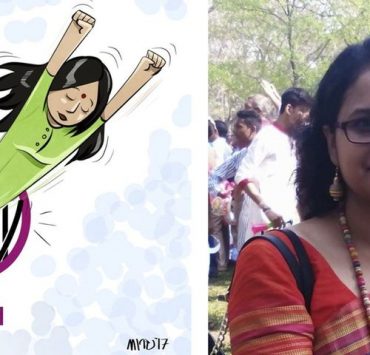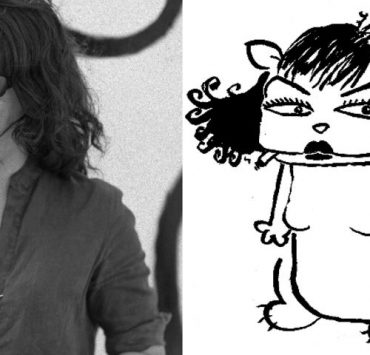Free speech : Draw to move the rows! Meet Mitu , the cartoonist from Bangladesh !
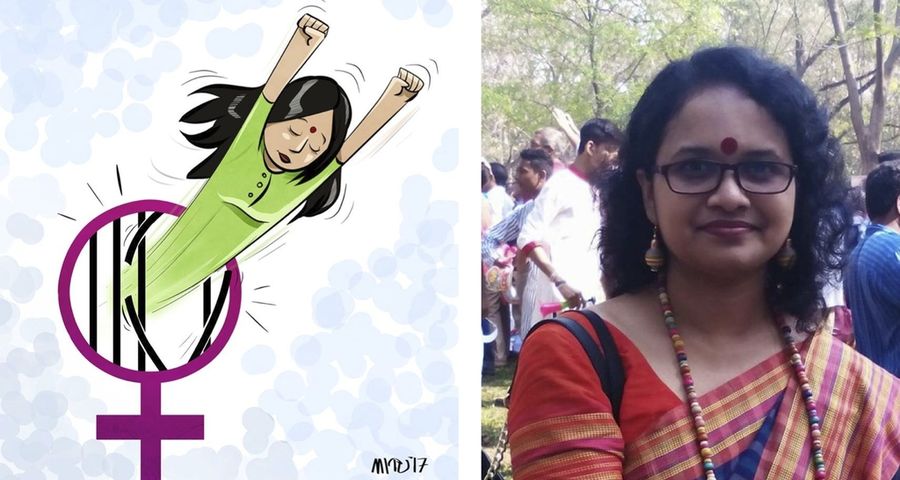
You might have forgotten the Rana Plaza tragedy, in Bangladesh, April 2013! more than a thousand people were killed after the building in which they were working collapsed ? For Mitu, this accident has been an important turning point in her career as a cartoonist. It inspired her a drawing which immediately strikes the social media. It was shared thousand times nationally and internationally, by several television channels and international web media .
She accepted to answer few questions for Le Crayon, and we warmly thank her.
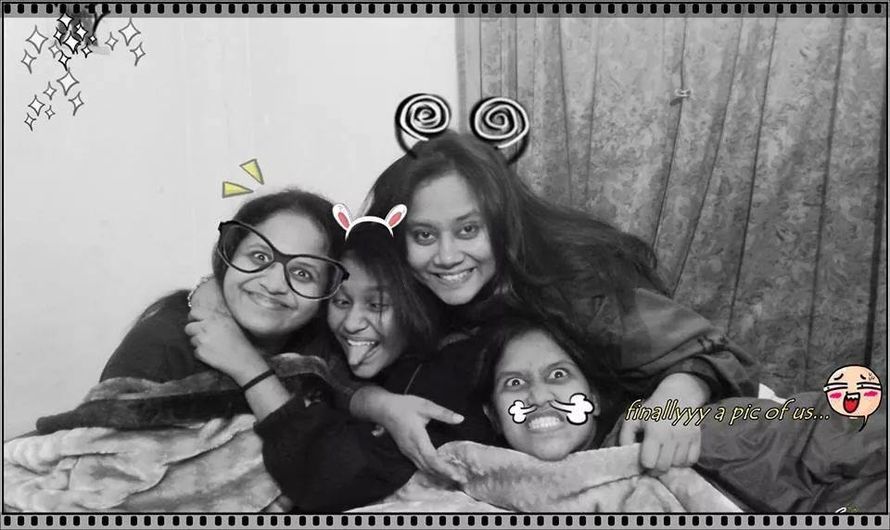
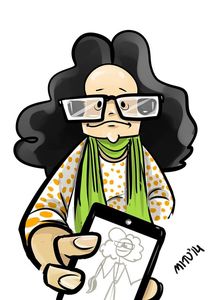
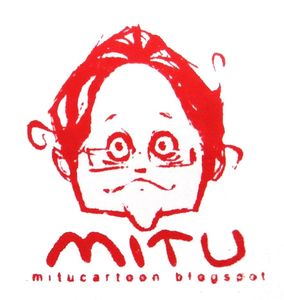
Valérie Direz for Le Crayon – You are qualified in fields that we usually consider in contradiction with each other, Science and Art, can you tell us, please Mitu, how did you manage for that and your encounter with Art, Cartoon and Caricature.
Mitu – I studied science Education in undergraduation and graduation level. But cartoon has always been my language of expression, for political, social issues.
And Caricature is the field I personally feel the most passionate about. My academic and other fields might seem contradictory, but I believe this is actually my biggest strength and also opportunity. Beside caricature and political cartoon, I use cartoon and comics as an alternative medium for science communication as well. With a view to develop cartoon based science learning materials I already launched a project titled as ‘project tiktaalik‘
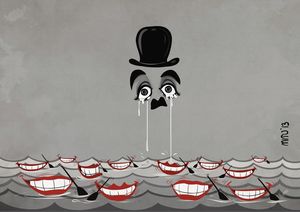
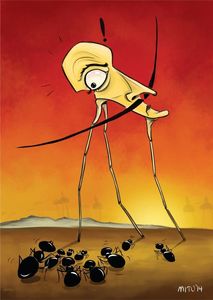 Valérie Direz – “Meet the Faces” at La Gallery of Alliance Française in 2014, was the first caricature exhibition of its kind in Bangladesh.
Valérie Direz – “Meet the Faces” at La Gallery of Alliance Française in 2014, was the first caricature exhibition of its kind in Bangladesh.
According to the daily Star website, did this exhibit had an effect on the public , more generally, how do Bangladeshis comprehend caricatures or cartoons mocking and criticizing political leaders or any famous people ?
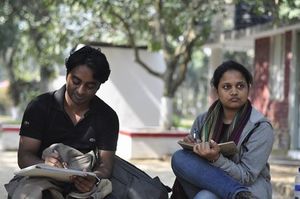
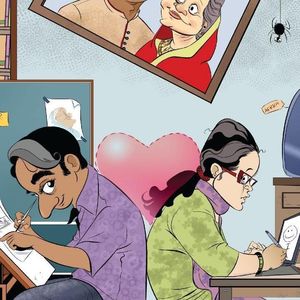 Mitu – ‘Meet the faces’ was the first solo caricature exhibition of Bangladesh, also my first one. I believe it received a pretty good appreciation from the audience. We held several group cartoon exhibitions which had a particular section for caricature. But this one was the first exhibition solely of caricatures of several local and international celebrated people. From the media coverage and audience feedback i feel like people took it very positively. About caricature, people are more familiar to the caricatures of the politicians used in political cartoons. Instead of criticizing or mocking, the caricatures of this exhibition focused more on the interesting features of the famous people, their work, their personalities- rather than just the faces. I think people enjoyed this dimension.
Mitu – ‘Meet the faces’ was the first solo caricature exhibition of Bangladesh, also my first one. I believe it received a pretty good appreciation from the audience. We held several group cartoon exhibitions which had a particular section for caricature. But this one was the first exhibition solely of caricatures of several local and international celebrated people. From the media coverage and audience feedback i feel like people took it very positively. About caricature, people are more familiar to the caricatures of the politicians used in political cartoons. Instead of criticizing or mocking, the caricatures of this exhibition focused more on the interesting features of the famous people, their work, their personalities- rather than just the faces. I think people enjoyed this dimension.
Valérie Direz – This year, we have chosen women’s rights as a topic for our exhibition. One of your drawings struck us for many reasons, its positive energy , its message which seems to say that women can take a fresh look at their future, do you think that women situation nowadays is changing, in the world, and more particularly, in your own country, the Bangladesh ?
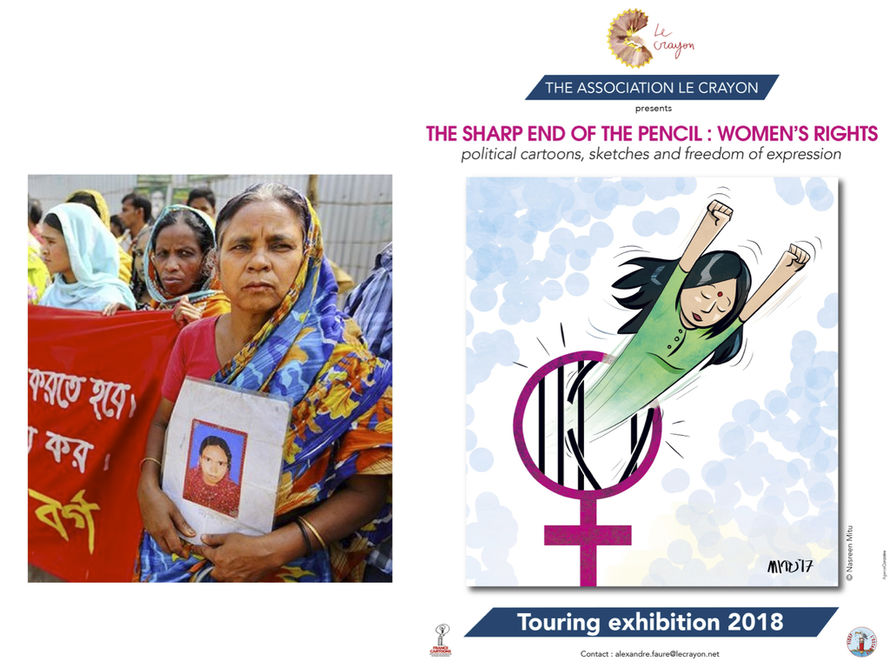
Mitu – For this particular cartoon, the idea was about breaking free. Not only from the patriarchal practices or oppression by the male counterparts, but also from the stereotypical image of womanhood itself which is mostly guided by the default patriarchal society. I think society is having a slow shift. These days people started talking about the ‘default’ system which was kind of normalized for so many years. Bangladesh is no exception in this regard. I am optimistic. I believe No change does take place overnight, but the little pushes from the people takes it to a certain magnitude and that leads to some visible changes.
Valérie Direz – In the world, there is still a lot to do to improve the situation of women, do you think artists can empower any action, do you have a dream that you would like to come true ?
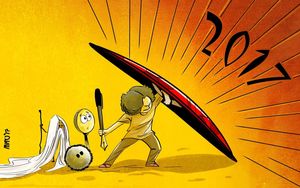 Mitu – I think an artist should see ahead of their own time. So they have a lot to do to bring out the positive insights. It’s nearly impossible to provide proper gender training to a whole population, but a picture says a thousand words. Cartoon is one of the most popular form of art. So the cartoonist can play a huge role not only to campaign for women empowerment but also to speak against all forms of patriarchy in society.
Mitu – I think an artist should see ahead of their own time. So they have a lot to do to bring out the positive insights. It’s nearly impossible to provide proper gender training to a whole population, but a picture says a thousand words. Cartoon is one of the most popular form of art. So the cartoonist can play a huge role not only to campaign for women empowerment but also to speak against all forms of patriarchy in society.
For my project « Tiktaalik‘ mentioned earlier, I introduced a female protagonist to make a connection with the young girls with a view to encourage them to step in the male dominated science fields.
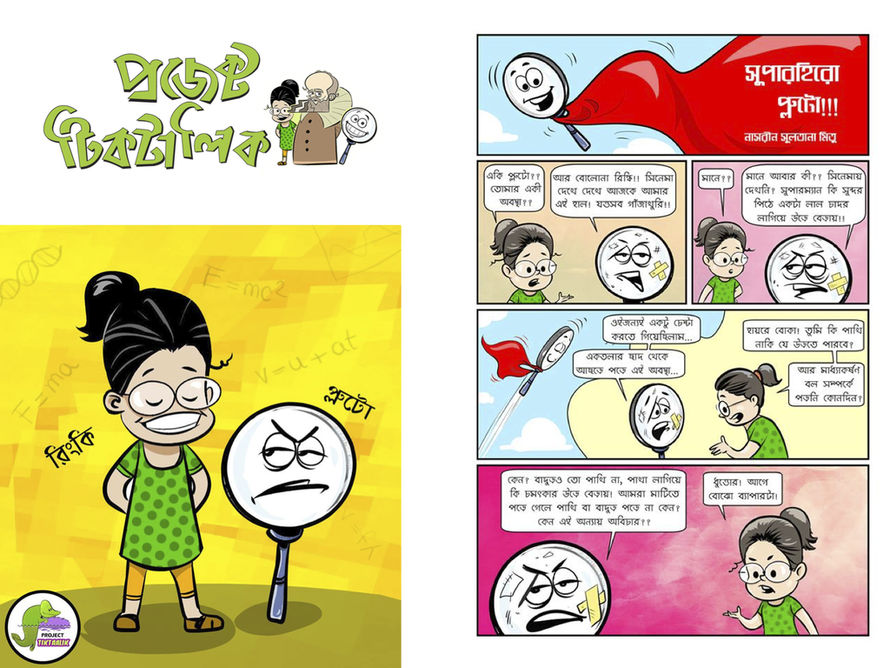
If you ask me about my dream, I only dream of a time when there will be no need of feminism. I believe cartoon has much more impact than most of other Medias. I should have mentioned one cartoon of mine which turned into almost a symbol of oppression in readymade garments sector and labor rights after a tragic accident which took thousands of life (rana plaza tragedy). More than a thousand people died in there, and many people were never seen again. The search for the dead ended on 13 May 2013 with a death toll of 1,134. Approximately 2,500 injured people were rescued from the building alive. Ma cartoon was the most significant work of mine that made me realize the overwhelming potential of cartoon. Also afterwards, the social responsibilities of a cartoonist became much clearer to me. This was an important turning point in my career as a cartoonist.
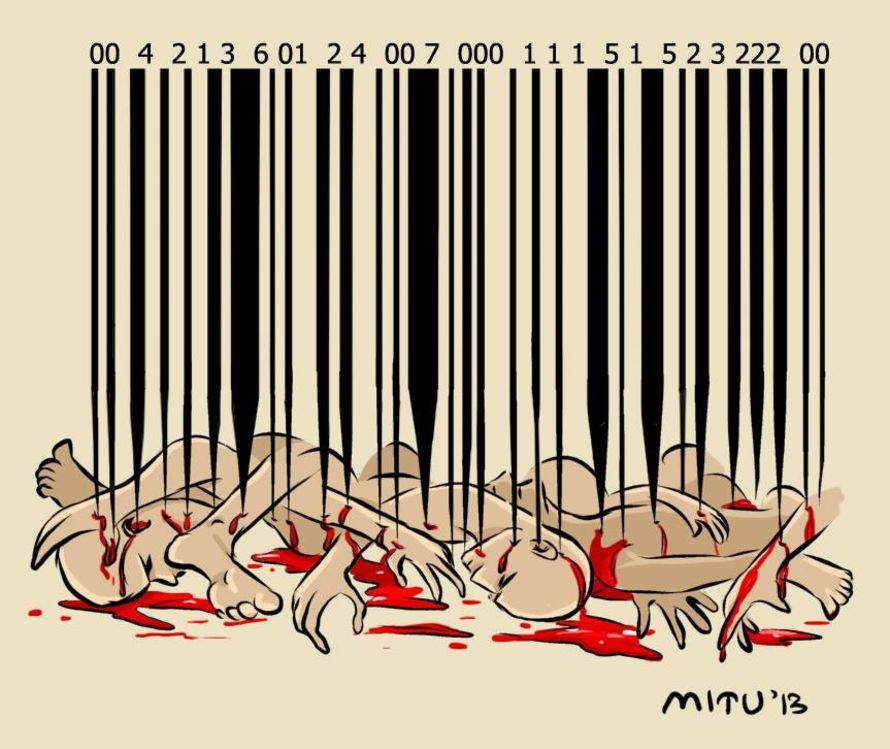
Valérie Direz – A question that you would like one to ask you?
Mitu – you already covered many things. Another aspect could be my preference of profession. My teaching area is Education and i also do cartoons, which profession i feel more connected to. I think my answer is- both. Both my areas enriched me in different ways to develop my perspectives.
interview conducted by Valérie DIREZ
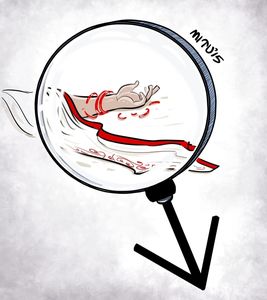
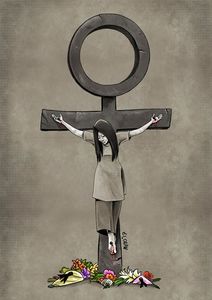 Mitu a member of the International Committee of Cartoonists who has joined our project of a touring exhibition : “The sharp end of the pencil : women’s rights! Exhibition of Caricatures, political cartoons and freedom of expression” which Le Crayon is organizing for 2018 in partnership with France-Cartoons and the Festival du Dessin de Presse et de la Caricature de l’ Estaque (FIDEP).
Mitu a member of the International Committee of Cartoonists who has joined our project of a touring exhibition : “The sharp end of the pencil : women’s rights! Exhibition of Caricatures, political cartoons and freedom of expression” which Le Crayon is organizing for 2018 in partnership with France-Cartoons and the Festival du Dessin de Presse et de la Caricature de l’ Estaque (FIDEP).
MITU key dates :
– 1987 Mitu’s birth in Bangladesh.
– 2006 She stared cartooning in 2006.
– 2011 Mitu started doing caricature.
– 2013 Rana Plaza tragedy, 2013 November 24, her cartoon « Denim jeans Price » is shared by national and international media.
– 2014 Her first solo exhibition, Dhaka, Alliance Française.
– 2016 Mitu launches her project named « Tiktaalik‘ ».

Also In the « Free speech » section :
– IL ÉTAIT UNE FOIS SAMYA ARABI.
– Samya Arabi ou la graine de l’espoir.
– Le dessinateur Pierre Ballouhey.
– Smitha Bhandare Kamat, engagée et inspirée : Quand Liberté d’expression rime avec compassion !
– Smitha Bhandare Kamat, committed and inspired : When freedom of expression rhymes with compassion !
– मुक्त संवादः स्मिता भांडारे कामत, बांदिलकी आनी उर्बा आशिल्ली व्यंगचित्रकारः जंय व्यक्तीस्वातंत्र्याक मेळटा करूणेची जोड!
– Cécile Bertrand Un humour qui frappe toujours au centre de sa cible.
– Camille Besse vous souhaite « ni Dieu nichon! »
– Marie-Thérèse Besson, Grande Maîtresse de la Grande Loge Féminine de France.
– Angel Boligan, le dessinateur de presse qui aurait voulu signer Guernica.
– Le dessinateur Fathy Bourayou.
– « Green is good » pour le journaliste indépendant Bruno Caïetti
– Cambon ou l’art de la pandémie.
– La caricaturiste Cristina s’engage pour les doits des femmes
– A cartunista Cristina Sampaio em defesa dos direitos da mulher
– Liza Donnelly place 2018 sous le signe des droits des femmes.
– Liza Donnelly is dedicating 2018 to the rights of women.
– Faujour, « le Pitbull du dessin de presse. »
– Il était une fois à Nuit Debout : le Groupe Cachan.
– Saad Hajo, dessinateur syrien en exil.
– Le Théâtre, c’est la liberté d’expression la plus aboutie ! Flore Hofmann, metteur en scène, nous en parle avec passion.
– Le F.N. au bout du crayon de Jiho.
– Nadia Khiari, alias Willis from Tunis.
– Nadia Khiari et son chat Willis, l’ardeur au service des femmes et de la liberté d’expression.
– Le réalisateur Olivier Malvoisin.
– Stéphane Manier de Reporters sans Frontières.
– Richard Martin, le seigneur du Toursky.
– Un trait pour faire bouger les lignes ! À la rencontre de Mitu, la caricaturiste bangladaise.
– Draw to move the rows ! Meet Mitu, the cartoonist from Bangladesh !
– Gustave Parking, le clown poète
– Picha, l’interview, ou comment rire de tout (Une vidéo du Crayon)
– Le F.N. au bout du crayon du caricaturiste Placide.
– Kianoush Ramezani, un homme libre.
– Bernard Rodenstein, le chemin de la fraternité.
– Le caricaturiste Jean-Michel Renault confronté à l’affront national.
– Pour Swaha, caricaturiste Franco-Libanaise, le dessin de presse est une arme à la puissance redoutable.
– Trax, la Pasionaria du dessin de presse.
– La caricaturiste Trax bouscule les conventions !
– Fawzia Zouari, un Islam éclairé.

